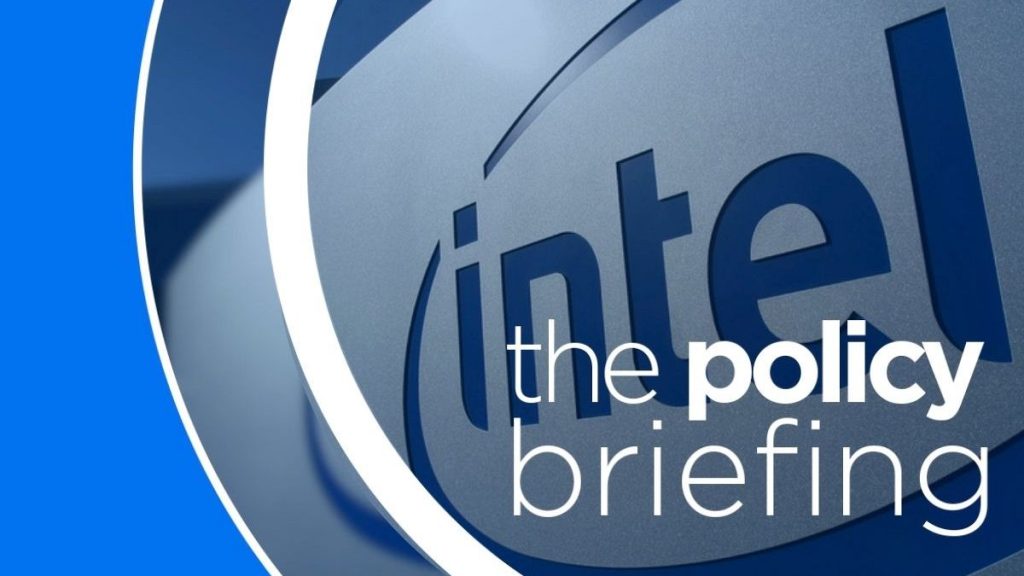The newsletter discusses the uncertain landscape surrounding Intel’s competition in the semiconductor industry. There are concerns about the company’s ability to maintain its dominance in the market, particularly with the rise of competitors like AMD and Nvidia. Intel has faced challenges in recent years, including production delays and technology setbacks, which have raised doubts about its future competitiveness. The future of Intel’s market position is uncertain, and it remains to be seen how the company will respond to mounting pressure from its rivals.
One of the key competitors facing Intel is AMD, which has made significant advancements in the semiconductor industry. AMD’s Ryzen processors have gained popularity for their performance and value, posing a threat to Intel’s market share. Additionally, AMD has been successful in securing partnerships with major companies like Apple, further cementing its position as a formidable competitor. As AMD continues to innovate and expand its product offerings, Intel will need to step up its game in order to remain competitive.
Another major competitor for Intel is Nvidia, known for its graphics processing units (GPUs) and artificial intelligence capabilities. Nvidia’s GPUs have become essential components in many high-performance computing applications, and the company has continued to push the boundaries of technology in various industries. Intel will need to find ways to differentiate itself from Nvidia and capitalize on its strengths in order to stay ahead in the market. The competition between Intel and Nvidia is fierce, with both companies vying for market share and technological leadership.
In addition to AMD and Nvidia, Intel also faces competition from other chipmakers like Qualcomm and Apple. These companies have made significant investments in semiconductor technology and have the resources to challenge Intel’s market position. Qualcomm, for example, has a strong presence in the mobile chip market and has been expanding into other areas like automotive and networking. Apple, on the other hand, has developed its own custom chips for its products, reducing its dependence on Intel for processors. Intel will need to continue innovating and adapting to evolving market trends in order to compete effectively with these formidable competitors.
Despite the challenges posed by its competitors, Intel still has several strengths that could help it maintain its position in the market. The company has a strong track record of innovation and technology development, with a vast portfolio of products and services. Intel also has a large and loyal customer base, including major technology companies and government agencies. By leveraging these strengths and continuing to invest in research and development, Intel can find ways to differentiate itself from its competitors and stay ahead in the semiconductor industry.
Overall, the newsletter highlights the complex and dynamic nature of the semiconductor market and the challenges facing Intel as it seeks to maintain its competitive edge. With fierce competition from companies like AMD, Nvidia, Qualcomm, and Apple, Intel will need to stay nimble and innovative in order to secure its position as a market leader. By addressing production delays, technology setbacks, and other challenges head-on, Intel can position itself for success in an increasingly competitive landscape. Only time will tell whether Intel can rise to the occasion and maintain its position as a dominant player in the semiconductor industry.


